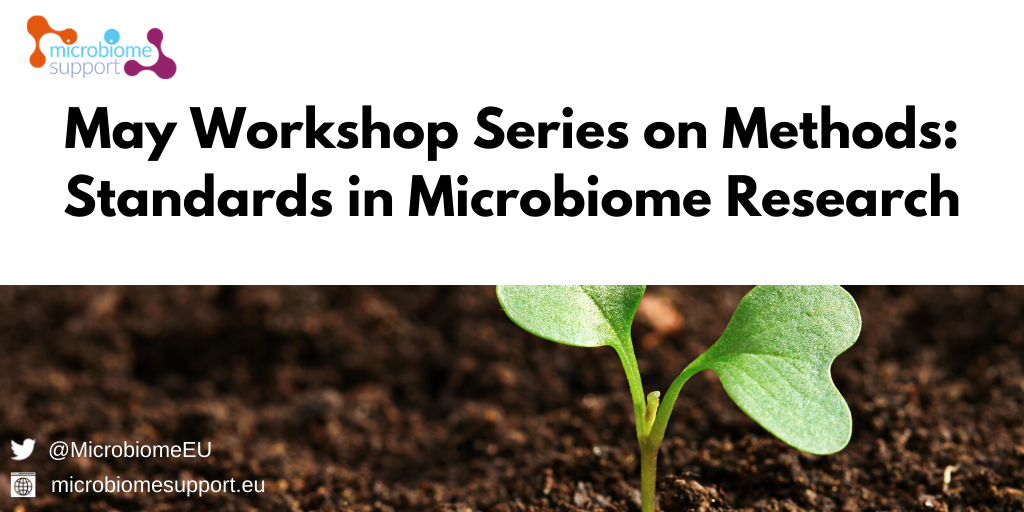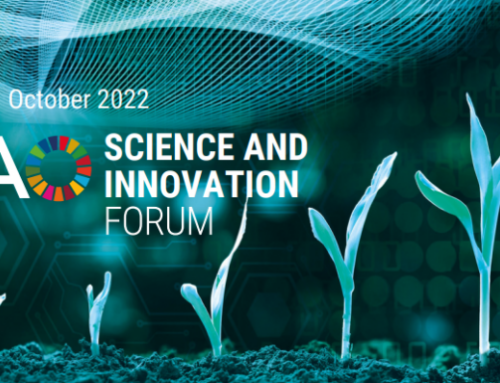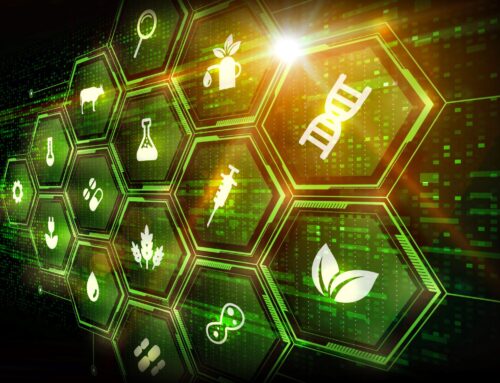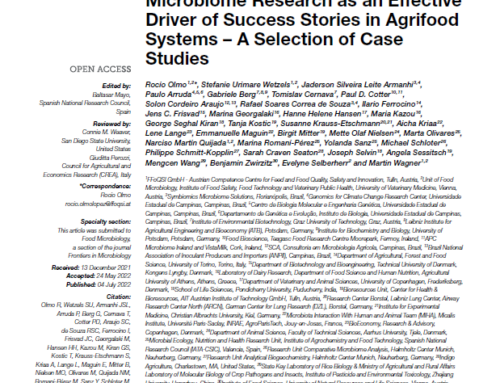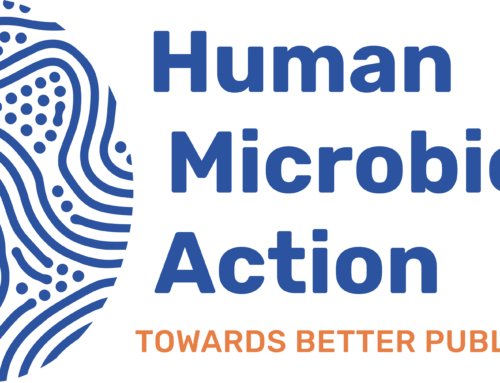On Monday 18th March 2020, a three-day long MicrobiomeSupport workshop series on methodology in microbiome research started, in collaboration with CAMI, the community-led initiative on Critical Assessment of Metagenome Interpretation. The first workshop on Monday aimed to further discuss and develop standards in microbiome research to be able to compare data from different types of analyses. Participants started off with defining main properties and characteristics that are needed to set solid, if not gold, standards. More than 60 people participated in the online session, among which were project partners, external collaborators and members of our advisory groups.
Why do we need to define standards for microbiome research?
Research on the microbiome is in many ways still in its infancy and as such, researchers in the field are still figuring out the basics on how to study the microbiome to get good, solid results that are meaningful for human, animal, plant, soil, aquatic and other life. Different methods are used between different laboratories and in different microbiome environments, meaning studies are not always comparable between each other. The current status quo has lead to an inability to draw large-scale conclusions on the microbiome and slowed down innovative solutions for challenges in the food system and beyond.
A large amount of data is being stored in public databases at the moment, but because there is no synchrony in how data are sampled, analysed or prepared, it takes researchers a long time to understand datasets and analyse them further. With technology used in analysing microbiomes having developed enormously in the last 10+ years, data from the old days need to be translated to meet today’s criteria or be resampled. Furthermore, different people collect different types of data depending on their research question. For instance, microbiome DNA or proteins may be analysed, other studies may only look at metabolic markers. Currently, researchers are still trying to figure out on how we can integrate all of these data together.
Introducing standards in how to sample, what data to collect (including environmental data in which a given microbiome has a habitat) and how to store and analyse samples will greatly enhance the research field. Research on the microbiome will be better comparable between studies, more resource and time efficient, and lead to more meaningful conclusions on how we can unfold the potential of the microbiome to tackle climate change, the obesity epidemic, mental health issues, environmental challenges and ensure food security.
Outcome
The first day of the workshop series on methods left participants with a good idea on how to proceed in setting standards, but also highlighted the difficulties researchers are facing when defining standards in microbiome research. Concrete ideas were exchanged on which organisms could be included in standards and on which factors the use of a given future standard might depend. Standards could very well be habitat specific. As such, a basic standard could include a limited number of habitat-specific organisms in the first place, and may later be expanded with additional micro-organisms. What is certain is that we within the field need pragmatic and reproducible solutions to make sure it is feasible for all researchers to use them. As part of this, standards do not have to be a rigid concept but might evolve as research does.
Next Steps
The workshop team, Professors Gabi Berg and Michael Schloter from TU Graz (AT) and Helmholtz Zentrum Munich (DE) with support from Drs Darya Ribakova, Tomislav Cernava (both TU Graz, AT) and Doreen Fischer (Helmholtz Zentrum Munich, DE), will in the upcoming months proceed with drafting a white paper on the outcomes of the workshop, which can hopefully be shared with the wider research community in late 2020 or early 2021.

